Price… a huge topic and one on which much could be written on.
I already wrote a post on it but focusing on a “simple” question that @lahikmajoe had asked me: how can two companies sell the same product at different prices.
This time, it is @lazyliteratus that said something about the price of some teas here.
Price is different things depending on who you ask the question to.
For most of us, it is how much we are paying for something we get but for the other part (the seller), it is an income that should exceed the production and sales costs while for others, it is also a symbol of who you are (“I paid xxx for this, which makes me one of the happy few”).
How are prices formed?
On the one hand, they depend on their costs of production and sales, as no company (at least one that wants to stay in business or one with a decent accountant) would sell anything under these costs. If you disagree with this, you should speak to someone, like him.

Uncle Scrooge doing what he likes the most, checking that his products are sold at the right price and generate enough profit for him.
On the other, it depends on how much you or me, in other words us, the customer, are willing to pay for this little something we want to drink (I will stay with our favourite drink).
When the two meet, you have a price.
This is what microeconomics (the branch of economics that studies the behaviour of individuals and firms when they decide to allocate their limited resources) defines in other words as the supply and demand model, while giving us a nice graphic to illustrate it.
Supply and demand model by Paweł Zdziarski
Who said economics couldn’t make things simple and easy to understand? If I am honest and I am, I must say that there are some hypothesises behind this model that are making it a little more complex but we shall ignore them for now.
One of them is that this equilibrium is always dynamic.
As illustrated in this curve, a low price usually means a huge demand but less supply (see Uncle Scrooge) while a high price means a high supply but a low demand (once again I am not in the world of luxury products).
But overtimes, things change and new equilibriums are found while the market and the companies react to the price producing more to get their share of the high price (and thus contributing to it decreasing on the long run) or producing less to try to increase the price (and thus decreasing the demand for the good). The demand side works the other way around.
So in this perfect world, everyone adds their costs (which are different from one country to another, just think of the differences in labour costs), take a small margin (while staying perfectly on target with how much the customer is willing to pay. Such a nice picture.
There are two problems with that.
First of all, the willingness to pay depends on everyone as we don’t have the same “sensibility” to price (depending on our incomes, our past experiences, what we think of the product…). This complicates the “perfectly on target” thing making it a mix between science (with nice algorithms and big data) and art (educated guesses/feelings/knowledge/luck).
The second is that some of the tea production is sold via auctions, which means that sometimes it can be sold under its estimated price, or via futures contracts.
Future contracts?

Great Scott!
No, this has nothing to do with Back to the future but everything with rice. You have to thanks our Japanese friends for that as apart from making tea, they also invented in the 18th century this interesting financial tool and all of this because the samurai were paid by a mix of silver and rice. In order to secure stable incomes, a new trading tool was invented by which the parties agreed to buy and sell a certain amount of rice at a certain price and a certain time. If the price goes up during this time, it is all benefit for the buyer but if it goes down, it is good for the seller. In other words, if I agreed to sell you something at 10 and the market price goes up to 12, you managed to make a profit of 2 if you sell it again and if the market price goes down to 8, I made a profit of 2.
There are still a lot to say on prices but I think it will be enough for now.
So to sum it up, price, however it is determined is just the meeting of two minds: one willing to sell something for a determined amount of money and one willing to buy it at another determined amount. When the two agrees, there is a deal and a price.
It is simple as that.



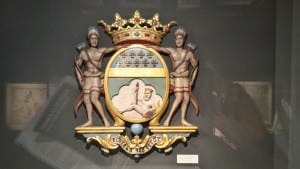
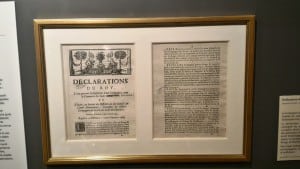


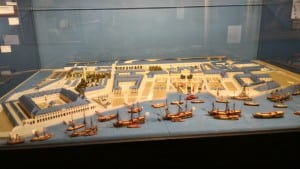
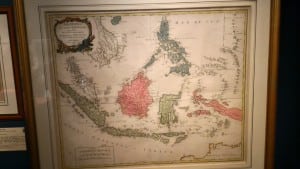
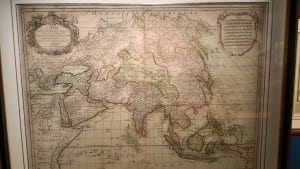
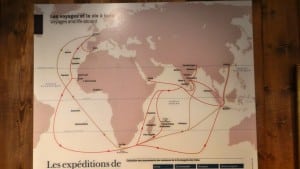


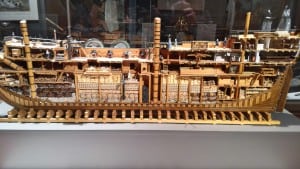
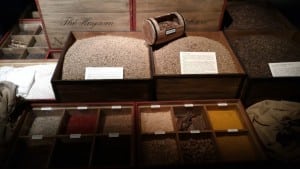
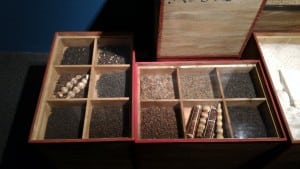
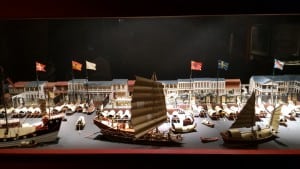
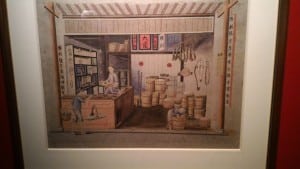
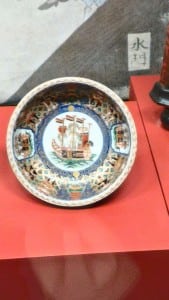

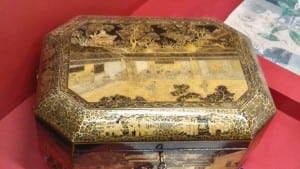
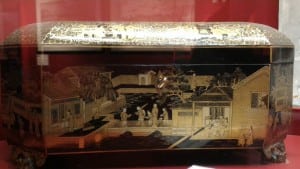
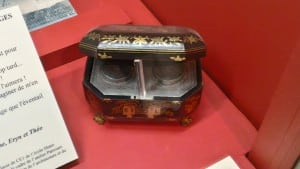
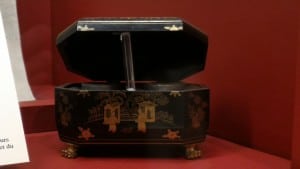
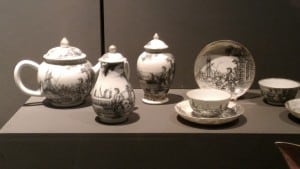
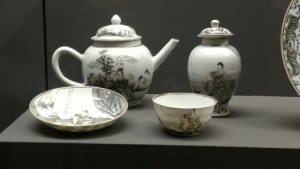
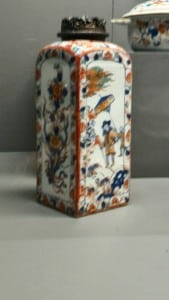
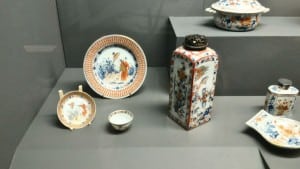
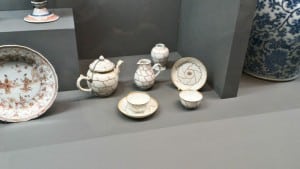
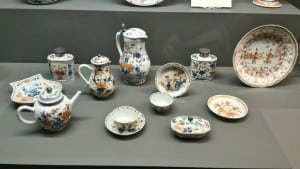
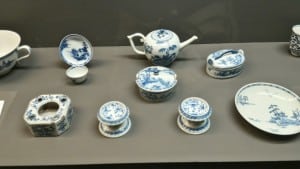



Recent Comments